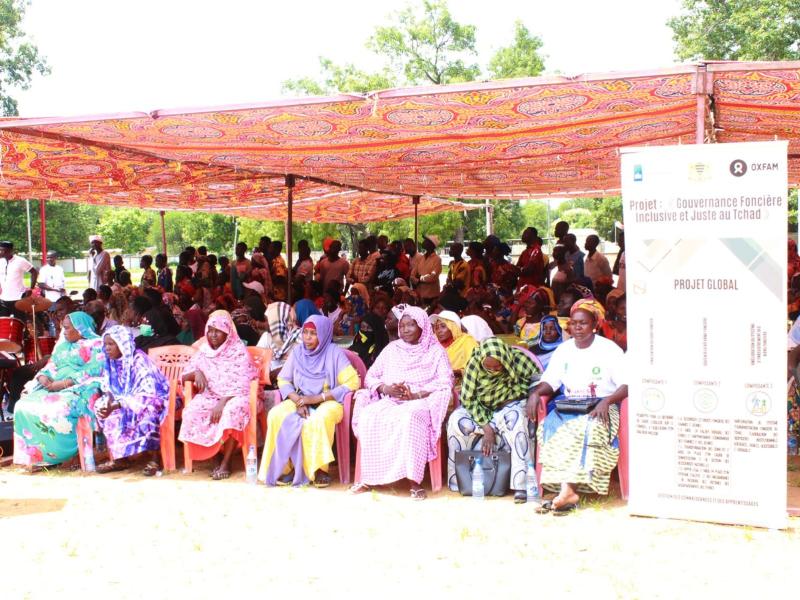Chad is a historical crossroads between North Africa and sub-Saharan Africa, with a vast territory of 1,284,000 km2 and an estimated population of 16 million in 2020. The main land issues in this Chad is a historical crossroads between North Africa and sub-Saharan Africa, with a vast territory of 1,284,000 km2 and an estimated population of 16 million in 2020. The main land issues in this predominantly rural country are frequent droughts, the advance of the desert, expansion of agricultural land, uncontrolled urbanization, shrinking forest areas, land grabs by elites and oil exploitation. Chad suffers from both high vulnerability to climate change and limited capacity to adapt to it. These land and environmental vulnerabilities are amplified by weak state institutions and high population growth.
Socio-economic indicators
browse all
Land Area
125,920,000 ha
GDP/Capita
1,425.5 USD
Total population
17,179,700
Urban population
23.1 %
Land-related indicators
browse all
Agricultural land
39.9 %
Perceived tenure security
69.5 %
Women owning land
4.5 %
NewsBrowse all
26 February 2024
BBasé sur les interventions précédentes et en cours d'Oxfam Intermon, Oxfam Novib, Kadaster International et la FAO, ce nouveau projet combine les leçons apprises dans une approche holistique. Ce modèle unique s'appuie sur une compréhension des structures sociales, des rôles et des droits de la…
26 February 2024
Based on previous and ongoing interventions by Oxfam Intermon, Oxfam Novib, Kadaster International and FAO, this new project combines the lessons learned in a holistic approach. This unique model applies an understanding of the social structures, roles and rights of land governance and land tenure…
26 February 2024
Based on previous and ongoing interventions by Oxfam Intermon, Oxfam Novib, Kadaster International and FAO, this new project combines the lessons learned in a holistic approach. This unique model applies an understanding of the social structures, roles and rights of land governance and land tenure…
In southern Chad, in non-Islamic societies, the land has a sacred character: it belongs to the spirits linked to a creator God. Each ethnic group organizes itself on a well-defined space. A covenant is then concluded between the deities of the land on which it is settled and a priest (chief of the land) is appointed to watch over the good relations between these two worlds.
BlogsBrowse all
01 October 2024
Le webinaire Gouvernance foncière inclusive et gestion foncière adaptée : Quel objectif ? », qui s'est déroulé le 19 septembre 2024, a exploré la manière dont une approche holistique et centrée sur les personnes peut transformer la gestion foncière adaptée (FFPLA) et faire en sorte que l'…
LibraryBrowse all










